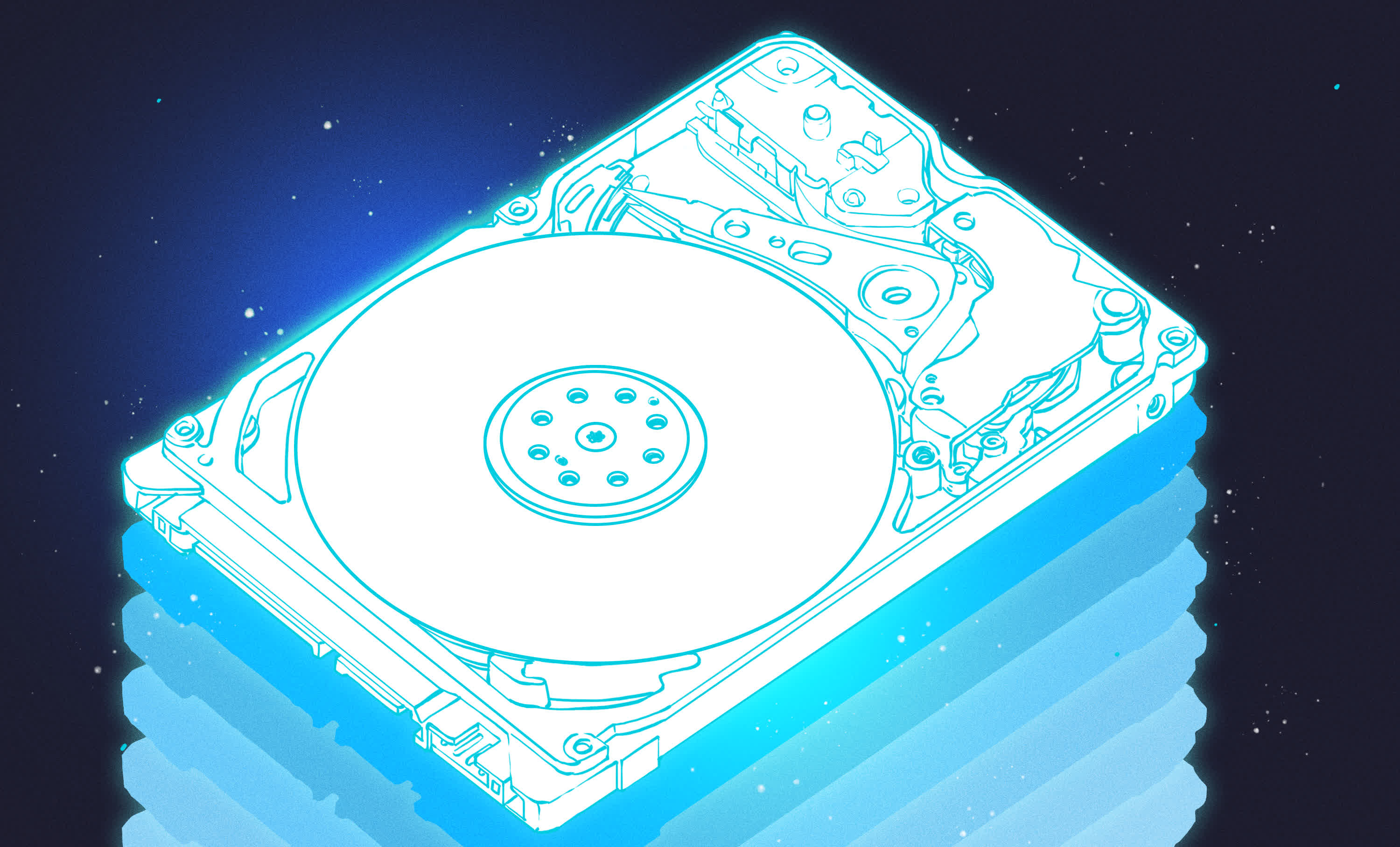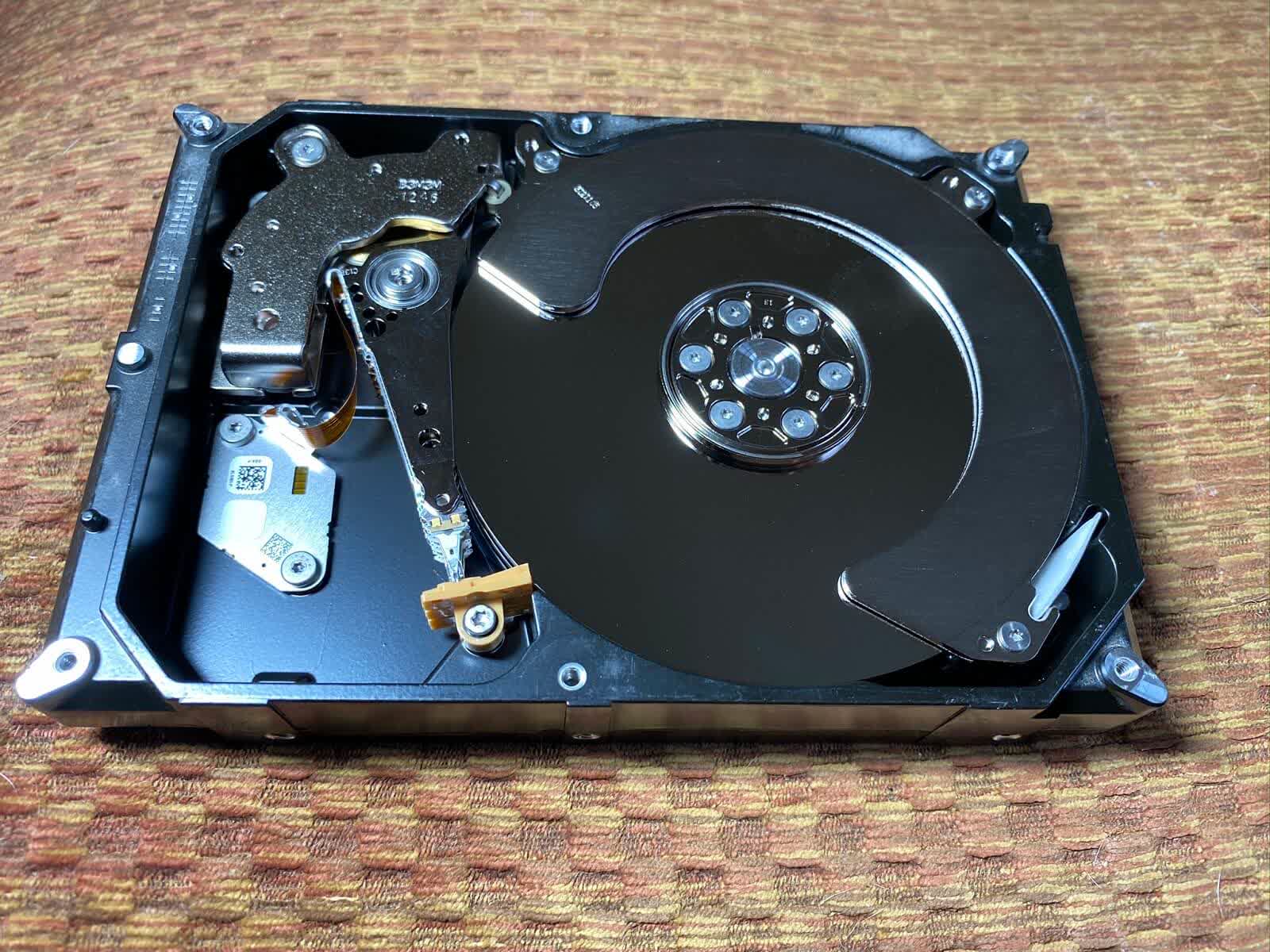Why it matters: The storage wars are raging on, and SSDs have the upper hand thanks to their blazing fast speeds and ever decreasing prices. HDDs maintain their superiority in terms of price per gigabyte, and they're about to get even better thanks to manufacturers' efforts on moving to ten-platter designs.

Despite SSDs getting surprisingly affordable, even when it comes to bleeding edge PCIe 4.0 variants, 'spinning rust' is still the capacity king and has plenty of room to evolve. And while they won't be able to catch up in speed with something like a Samsung 980 Pro that can hit 7,000 megabytes per second, manufacturers are getting more creative with squeezing more bits in the same volume.
In the last few years, HDD manufacturers have adopted new heat-assisted magnetic recording and shingled magnetic recording technologies, to the point of getting into legal trouble for pushing them onto prosumers looking for better speed and resilience as opposed to the highest capacity when building their network attached storage systems.

Another way to increase storage density is to increase the number of platters in every drive. Ever since Toshiba went to nine platters per drive, this became a standard across the industry for flagship HDDs. According to a report from StorageNewsletter, manufacturers are getting ready to make the jump to ten-platter designs.
This is also confirmed by market analysts at Trendfocus, who recently said HDD manufacturers have requested new magnetic substrate samples less than 0.5 mm in thickness. Manufacturers like Seagate are planning limited production runs of 20TB hard drives later this year that have glass platters instead of aluminum.
Eventually, HDD makers could cram up to 12 platters on a single drive. Trendfocus says we should expect 24 TB HDDs to be commercially available by 2022, but those will most likely only use ten platters. In the meantime, companies like Western Digital and Seagate are exploring Energy-Assisted Magnetic Recording (EAMR) and Microwave-Assisted Magnetic Recording (HAMR) to increase storage per platter, but yield issues are keeping supplies low.
https://www.techspot.com/news/86952-hdd-makers-speeding-up-development-higher-capacity-drives.html